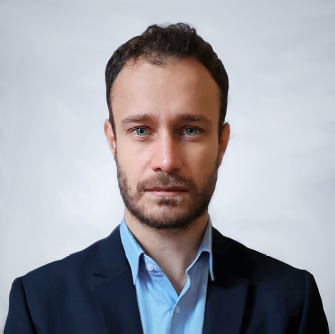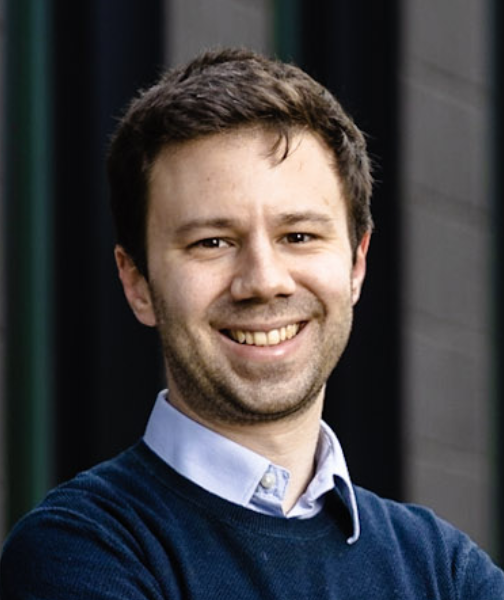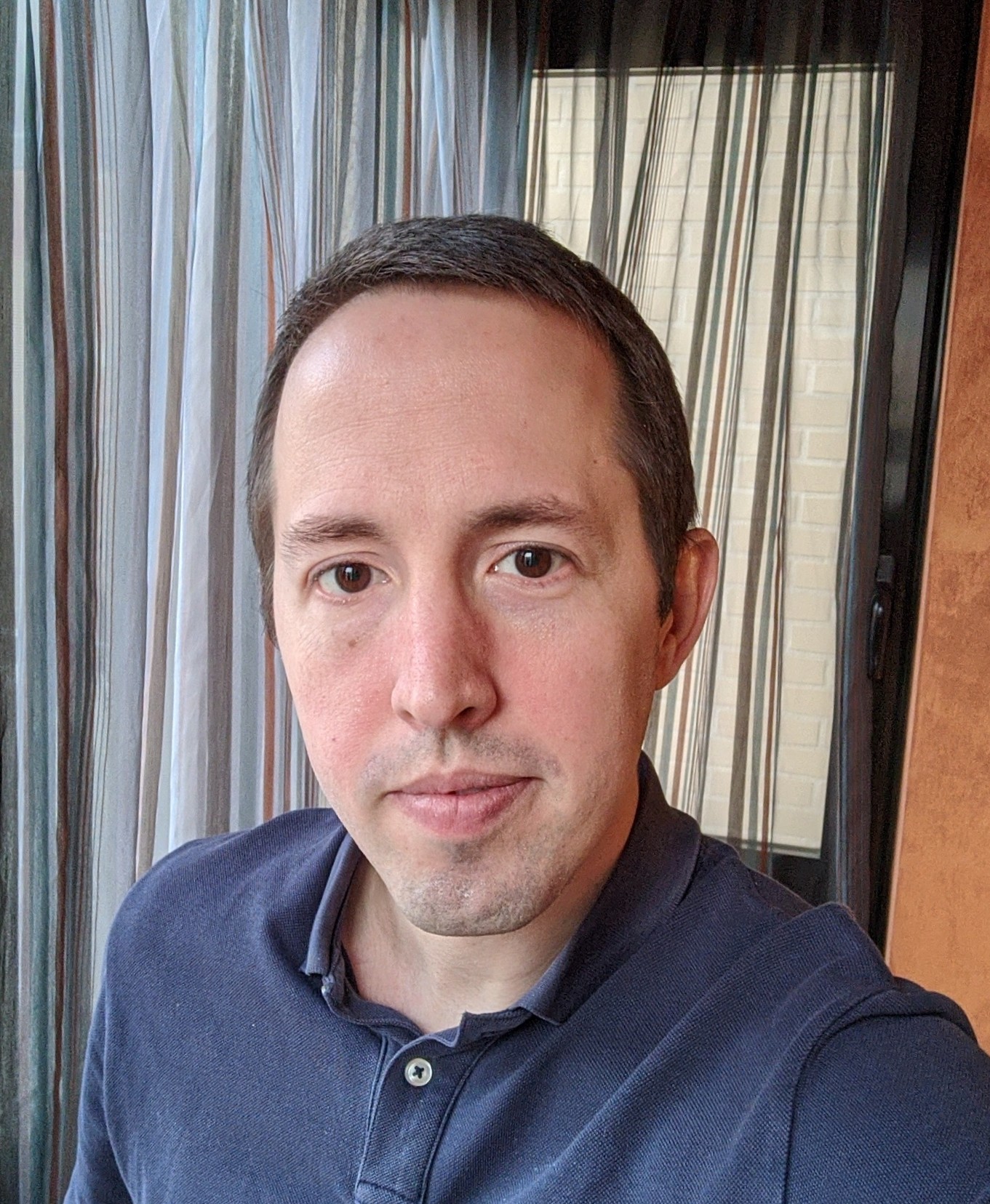Topical invited speakers

Ana Gómez-Ramírez
University of Seville, Spain.
Plasma Chemistry and Catalysis
Ana Gómez-Ramírez is an Associate Professor in the Department of Atomic, Molecular, and Nuclear Physics at the University of Seville. She obtained her PhD in 2011 from the University of Granada. In 2012, she conducted postdoctoral stay at the University of Bayreuth in Germany. Subsequently, she joined the Nanotechnology on Surfaces and Plasma research group, led by Prof. González-Elipe and Prof. Cotrino, at the University of Seville, Spain. There, she initiated a new research line focused on atmospheric-pressure plasmas. She was awarded a “Juan de la Cierva” grant and participated in several R&D contracts, allowing her to work as a postdoctoral researcher at the University of Seville until 2022 when she assumed the position of Associate Professor. Her current research focuses on atmospheric-pressure plasmas and their characterization for different plasma-catalysis processes including the generation of valuable chemicals or the decomposition of wastes and contaminants. She also investigates the compression and description of physical mechanisms involved in such processes.

Augusto Stancampiano
GREMI – CNRS/Université d’Orléans, France.
Plasma in interaction with water droplets
Augusto Stancampiano is researcher at the GREMI laboratory of the CNRS and Université d’Orléans in France. He received the PhD in Mechanics and Advanced Engineering Science from the Alma Mater Studiorum – University of Bologna in 2016. Between 2016 and 2018, as CTO of the start up AlmaPlasma s.r.l. (co-founded in 2013) he was project manager and inventor of the AlmaPLUS system. In 2019 he was honored with the Young Investigator Award of the International Plasma Chemistry Society for the quality of his work on the influence of target electrical characteristics in plasma biomedical processes and for the development of a new method to electrically mimick the human body during in vitro experiments.
His research focuses one biomedical and agricultural applications of cold atmospheric pressure plasma. In the field of plasma medicine and cosmetic he is investigating the interaction of plasma jets and multijets with skin. More recently, his research focuses on the combination of cold plasma and water droplets with the final aim to improve the control over systems combining plasma and liquid aerosol for applications in the agricultural domain.

Catalin Vitelaru
National Institute for Optoelectronics, Magurele, Romania.
Process control loops using optical emission spectroscopy in reactive sputtering
Dr Catalin Vitelaru obtained his PHD in Physics in 2011, from Alexandru Ioan Cuza University of Iasi, Romania and University Paris Sud XI, Orsay, France. The main topic of interest was the plasma diagnostics by implementing and using laser spectroscopy techniques, such as laser absorption and laser induced fluorescence. The implementation of space and time resolved TD-LIF (Tuneable Diode Laser Induced Fluorescence) techniques allowed to contribute to the magnetron sputtering community with some elements of novelty, such as: identification of a two component velocity distribution function of sputtered atoms, description of pressure effect on the thermalization of energetic metal atoms; evaluation of velocity distribution function of sputtered atoms in axial direction (perpendicular to the target), evolution of Ti atoms density and temperature in the afterglow of HiPIMS plasma, evolution of Ar metastable atoms density and temperature during the power pulse, plasma reactivity description in the HiPIMS plasma, etc. After completing his doctoral studies, he got a permanent position at National Institute for Optoelectronics, Magurele, Romania, since 2012. In the following the research was focused on thin film deposition and characterization, for various applications such as optical coatings, metallic coatings, hard coatings, antibacterial or biocompatible coatings. Reactive sputtering was among the main interest topics throughout his career, going from plasma diagnostics through process control and thin film deposition The main preoccupation stands in linking the deposition process parameters with the deposited films properties, coupled with process optimisation for tunning the properties of the deposited thin films.

Filippo Cichocki
ENEA C.R. Frascati, Italy.
PIC modeling challenges in diverse low temperature plasma scenarios
Filippo Cichocki is a researcher at ENEA C.R. Frascati (Rome, Italy) in the “Nuclear” (NUC) department. Before joining ENEA in 2023, he was senior research fellow at the
“Institute for Plasma Science and Technology” (ISTP-CNR, Bari, Italy), research assistant (2017-2019) and assistant professor (2019-2021) at the university of Madrid
“Carlos III” in the "Bio-engineering and aerospace engineering" department, and junior project engineer for the space company “Deimos-Space” (2009-2013). He possesses a
bachelor degree in “Aerospace Engineering” (2006), an MSc degree in “Space Engineering” (2009), and a PhD in “Plasmas and Nuclear Fusion” (2017).
His main research expertise is on low temperature plasma modeling based on both particle-in-cell and fluid techniques, with a special interest in plasma-wall interaction for fusion plasmas, and plasma propulsion. He is among the main developers of several simulators: EP2PLUS (“Extensible Parallel Plasma PLUmes Simulator, based on the hybrid PIC-fluid technique), DESPICCO (“Divertor Edge Simulator of Plasma-wall Interaction with Consistent Collisions”), and PICCOLO (“PIC COde for LOw temperature plasmas”). During his career, he has participated to more than 15 European research projects and authored 18 scientific journal papers, with more than 40 contributions to international conferences and workshops.

Luca Vialetto
Stanford University, USA.
Modelling molecular plasmas: from elementary processes to environmental applications
Luca Vialetto is a postdoctoral fellow at Stanford University (CA, United States of America). He obtained his master's degree in physics at the University of Padua (Italy) in 2017, with honor. His doctoral studies were conducted at the Dutch Institute for Fundamental Energy Research (Eindhoven, the Netherlands), with focus on computational modeling of plasmas for conversion of CO2 into chemicals. He obtained the PhD in Applied Physics in November 2021 at the Eindhoven University of Technology, with honor. After that, he was employed as a postdoctoral researcher at Kiel University (Germany) working on hybrid fluid / kinetic model of plasma. Luca's research interests include computational plasma physics and chemistry, charged particles swarm physics, and data-driven methods for enabling multi-physics and multi-scales models of plasmas. Luca is the recipient of the 2021 Student Award for Excellence given at the 74th Gaseous Electronics Conference, and of the 2023 Stanford Energy Postdoctoral Fellowship. He is also passionate and active in science communication with the CoffeeBreakDown podcast on YouTube for which he has been awarded the 2023 Rutherford Plasma Physics Communication Prize by the Institute of Physics (IOP).

Miguel Jiménez Redondo
Max Planck Institute for Extraterrestrial Physics, Germany.
Cold plasmas and ion traps for laboratory astrochemistry
Miguel Jiménez Redondo is a postdoc at the Max Planck Institute for
Extraterrestrial Physics. He received his master’s degree in physics
in 2012 from the Complutense University of Madrid. In 2016 he
received his PhD from the same university for his work on the
diagnostics and modeling of cold plasmas with high hydrogen content,
relevant for the astrochemistry of dense molecular clouds, performed
at the Instituto de Estructura de la Materia (IEM-CSIC). Afterwards
he moved to the Physics Department of the University of Minho,
Portugal, where his research focus was the self-consistent modeling
of N2+H2 capacitively coupled radio frequency discharges. From 2018
to 2020 he worked on the characterization of dusty plasmas used to
generate analogs of interstellar dust, as well as the analysis of the
amorphous hydrogenated carbon nanoparticles and films produced in
them, at IEM-CSIC. In June 2021, he joined the Center for
Astrochemical Studies at the Max Planck Institute for
Extraterrestrial Physics, where he focuses on the use of
radio-frequency cryogenic traps for laboratory studies of processes
of astrophysical interest involving ions or nanoparticles.

Marija Puač
Institute of Physics, Serbia.